Presbyterian Church History Center Reflections
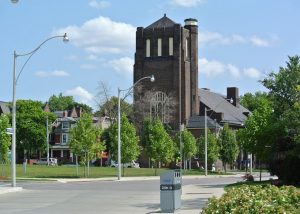
What We Did
Today we arrived at St. John Presbyterian Church and was met by Ian Mason, the curator of the history centre. He led us in and gave us a tour of the church. He started with the sanctuary of the church giving us the history of the church, the historical roots of the placement of the pews, and the architectural design elements that went into building the church when it was completed in 1907. He led us towards the front where the central high pulpit was and also taught us the significance and history of the pulpit in that church. He continued by showing us the organ along with some history about the music in the church and how, in a single generation, the church of St. John turned around and embraced the use of instruments during praise.
– John Chia [2019-07-17]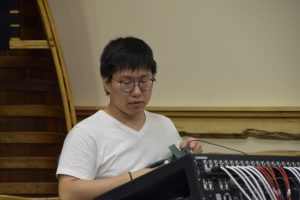
When I arrived with the others we met Ian Mason. At first he gave us a tour around the church and gave us a thorough history and explanation to each architecture feature of the church, and also a little bit of the timeline of the church. After the tour, he showed us what the two tasks are and we divided into two teams to complete the given tasks. John and I went to the bookshelves where I thoroughly dusted the books and John record the information of the books in a spreadsheet.
The morning started with a very informative discussion and icebreaker with Ian Mason, the manager of the Presbyterian Museum or now more commonly known as the Presbyterian History Centre. His knowledge of the history of the presbytery was very impressive and he just seems to really enjoy talking about history. After the talk, Ian gave us a tour of St. John’s Presbyterian Church. The tour took up most of the morning but it was really interesting to hear the thought process behind the architecture and the overall design of the old church. After the tour, we went to work on documenting which commemorative plates were in stock at the museum.
Today I left the house at 8:30, which is the same I leave on a normal work day so that’s a good thing. We all eventually arrived to the church and I lead a morning reflection with all of us and Ian. We then got to have a tour led by Ian for the new people of the church. It was really long but also really informative. It’s interesting to learn about the beginnings and evolution of Presbyterian churches in Canada, since we studied the Korean Presbyterian church, but not how the Presbyterian church actually started out and grew in the earlier decades. After our tour, we started working.
– Sarah Choe [2019-07-22]
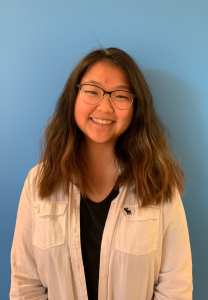
In the morning, we got there and I led the daily examen which I kind of like doing because it forces me to reflect as well, and then we got right into work. Josh came late so it was just me working on the plates for a bit and so I worked and when he came we kept working and we finished the plates pretty quickly. Afterwards, we moved onto mugs but then halfway through we went to go eat lunch. After lunch, we went back to work and finished the mugs so quickly did bells too, and then Ian pointed out a whole bunch of duplicate plates that we had to sort through and pick out the ones that are in the best condition. This took a long time and by the time 4 came around we hadn’t even finished it, so we just organized so the work could be easily picked up again and went up to work on ESM picnic preparation.
– Jocelyn Chung [2019-07-23]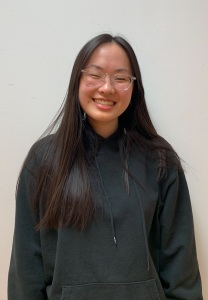
Today Joshua lead everyone in the morning devotion. We started the day with the usual tasks by organizing the remaining books/plates in the museum. At lunch, Ian introduced us to a student from the University of Guelph who has traveled to see the PCC. Joshua and Jocelyn finished the plate organization and joined the book team by helping us catalogue the books. We still had a lot of books left and probably require another week or so to finish cataloging. At 4 P.M. we finished and cleaned up and headed upstairs to think of activities/games for the Civic Holiday Picnic.
– Joie [2019-07-24]
What We Learned
When I was going to the museum I thought I would have a hard time since it was mostly labor and we had to work for a pretty long time, but when I got there I realized it was very different than I thought it would be. When I went on the tour I was able to find out more about the history of Presbyterian Churches and how they worked back in the days. It was very interesting and the church itself was very amazing and beautiful. Not only was the tour fun but working was fun as well. When I was working with the plates it was really interesting and cool since the plates came from all over the world and the designs on the plates were very unique as well. I was also able to get a lot of work done since I felt competitive towards Emily and Peter and wanted to do more work than they did yesterday, and I want to say that Josh and I were able to do a little bit more work than they did. Even though I thought that today would be hard and boring I’m glad I got the opportunity to go there, since I actually had some fun and was also able to learn a lot about the church itself and the history of Presbyterian Churches too.
– Kayla Rho [2019-07-18]
My initial thoughts of what I did today was just that it was tedious and boring labour, but after reflecting and trying to find a deeper meaning to what I have done, I have realized the importance of my job. I realized that in the end, someone has to do this job and not everything you do in life is going to be fun and enjoyable. This dull and tedious work is always going to be part of life and you can’t just always experience fun things, you must experience the boring things too. I also realized that this work has to be done in order to preserve the important history about our entire Presbyterian church, so I am a bit glad that it is me.
– Peter Jang [2019-07-19]
While very meticulous and tedious work, packing up the plates didn’t require that much skill or brainpower which allowed me to converse and sing to music at the same time. Since I really enjoy music and talking this whole day went by much faster and I had a much better experience. It was really nice getting to know Peter better especially since he and I are going to be the future leaders of Hi C soon and will most likely be working together more often in the future.
I think I really came to appreciate these older churches after my first experience with the PCC. Some of the themes and concepts are still confusing to me, such as the methodist, protestant etc. different churches, but the overall structure of the ‘old’ churches and just the history behind the building, I really came to appreciate, and found it very interesting. I think coming into contact with things that you don’t normally see everyday, it feels very unreal, as if I were stepping into a time that is not right now. Especially after hearing the backstory of the history of the protestant church, I have come to understand the importance of the church, and how big of a role it played in the past for people.
– Hannah Lee [2019-07-22]
The plates are called commemorative plates and it didn’t hit me until today when I understood what that meant. Many of these churches had closed and sold off for their land. Some churches had the opportunity to amalgamate with another church and therefore keep their congregation however some churches are not as fortunate. This world is slowly losing all of their churches, especially when you can see it with your own eyes all of these Presbyterian churches closing. Even on the catholic side, when we went to Montreal; many of the catholic churches are struggling to keep their congregations and the numbers are quickly dwindling. It’s unfortunate to see however what can we do to make the church grow? Do we resort to evangelical means? Convert the world? Who really knows, well except God. It really is sad to see that even though it is a museum where we can celebrate Presbyterian history, its history is really coming to an end in the non-Korean side of the church.
It was really satisfying finally finishing all the plates, and the books were cool too. There were so many to go through and most of them are dated back to the 1800s. It’s amazing to me how they’ve all been kept until now for us to record even though they’re in terrible condition. Overall, it’s just really impressive what kind of collection that is here and how they are still being kept in the archives.

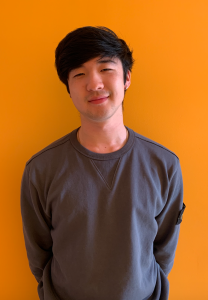

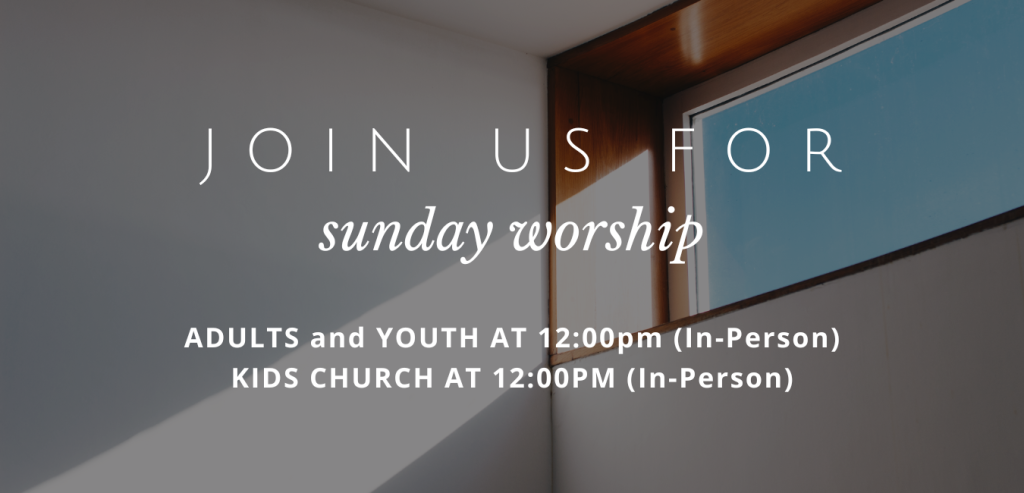
Leave a Reply